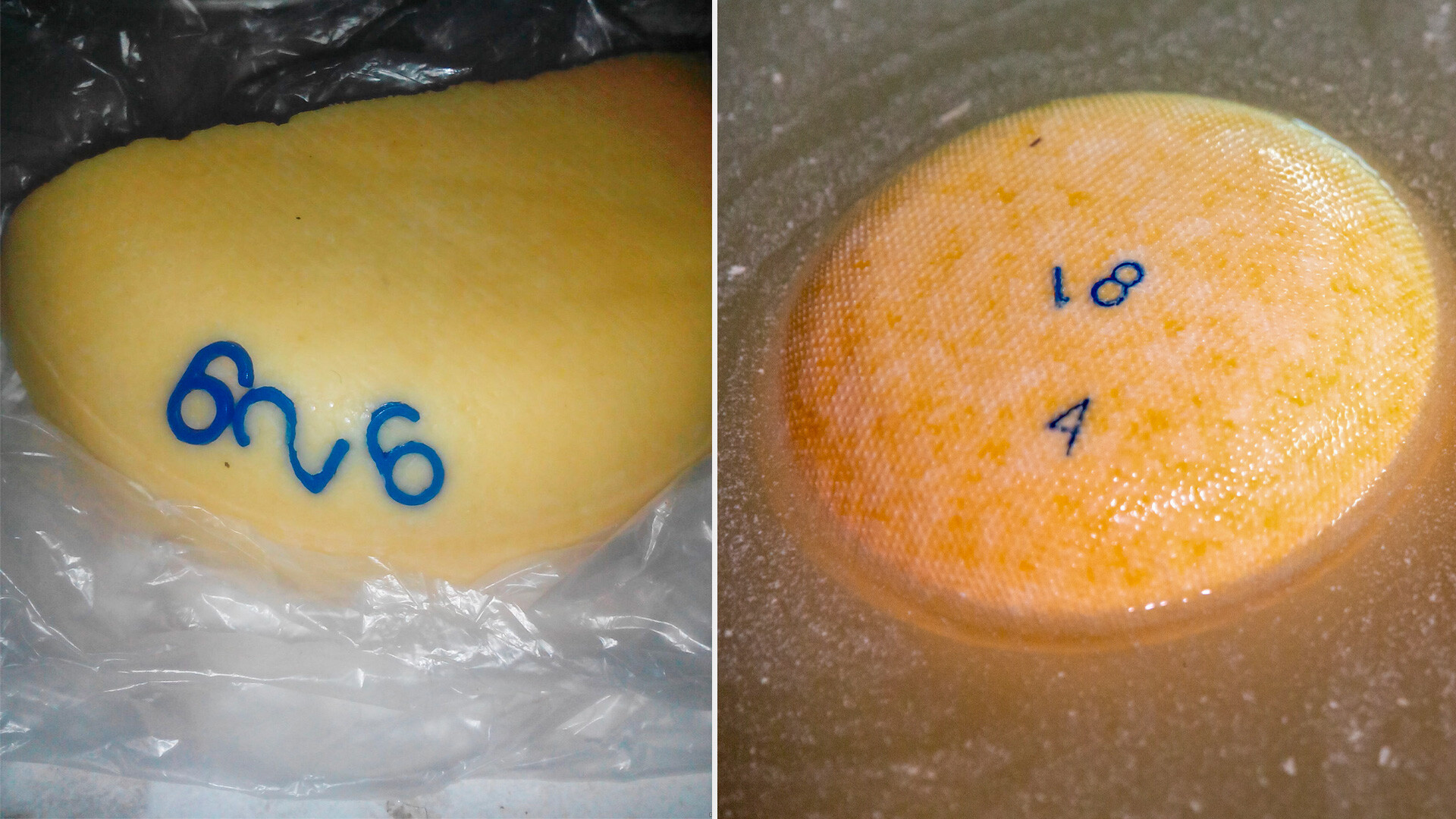
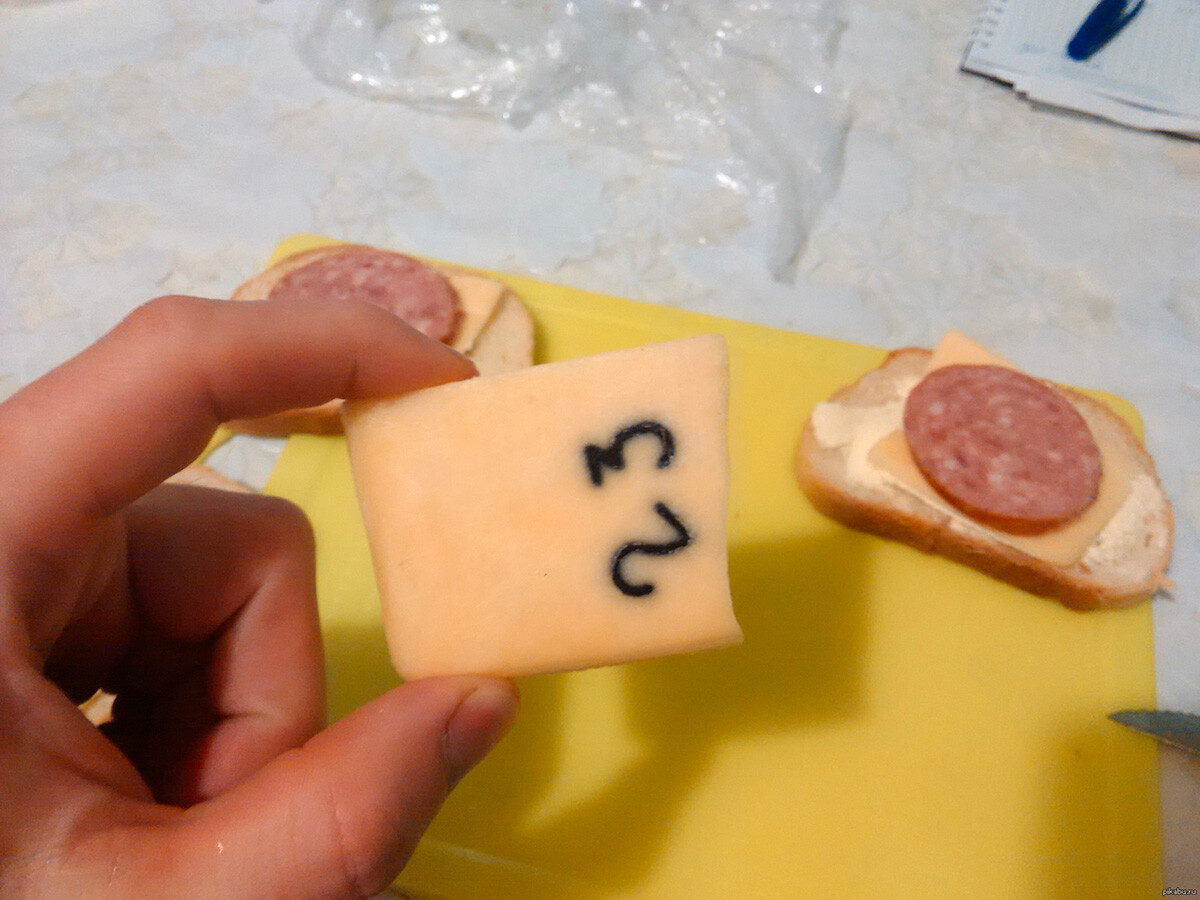
Some had one digit in their cheese, some two, depending on how the cheese was cut. Children collected these, played with them and used them in their handicrafts. But, what were these digits actually for?
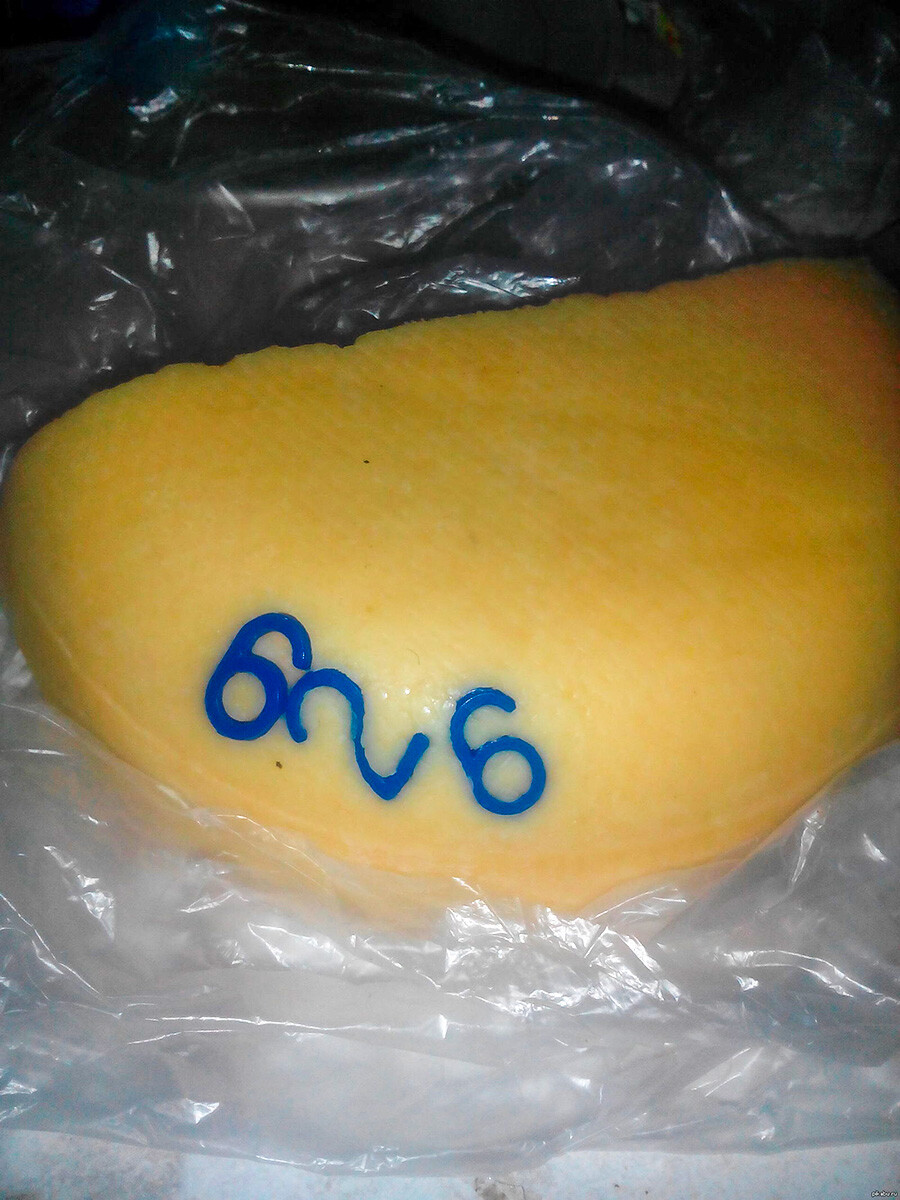
When making a cheese wheel in a facility, these plastic digits were placed on top to indicate the batch number and the date of manufacture. In other words, it was simply a way of labeling. It was necessary for certain aging periods: for example, some cheese would have to be aged for 30 days and, if it spent a longer or shorter time aging, it could be figured out immediately when the mistake was made.
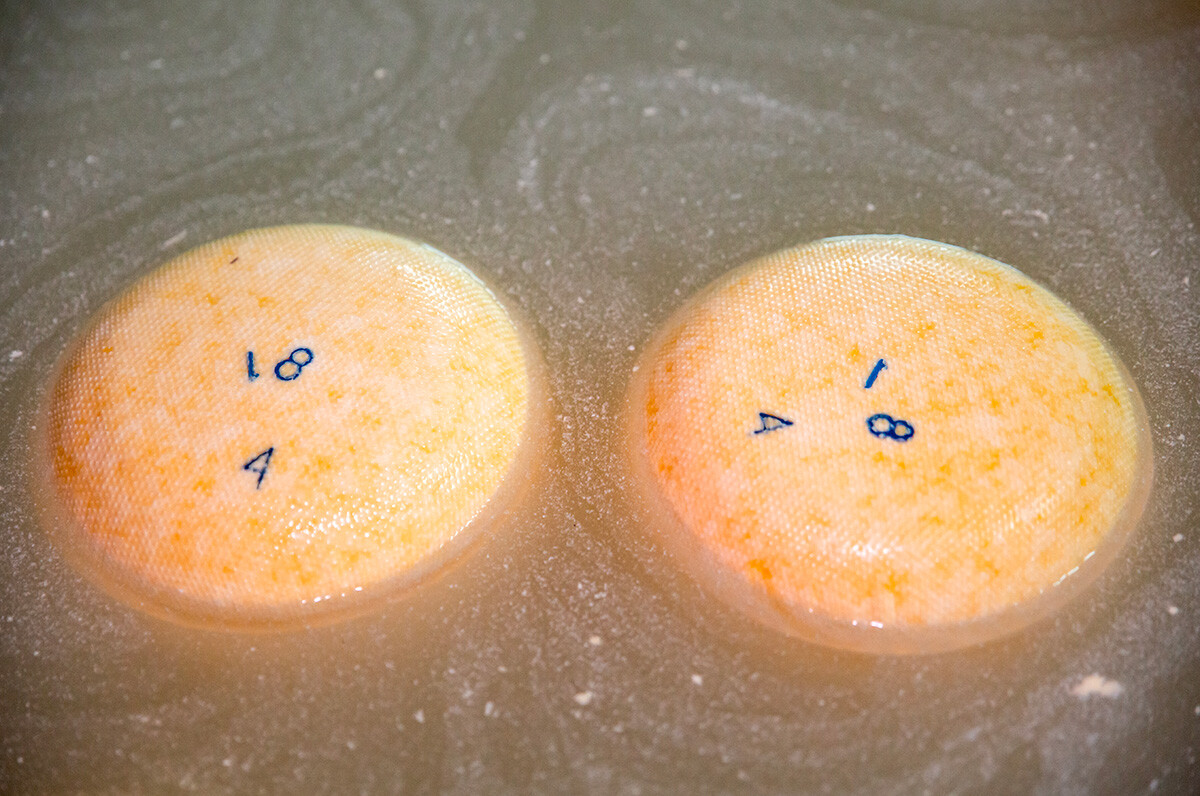
When cheese was cut for retail, buyers saw only separate digits of this labeling.
Casein digits are rarely used these days, mostly as a nostalgic tribute. Modern producers most often label not the cheese itself, but the shelf where it’s on display, apply erasable food-safe ink on a cheese wheel or use stickers with an expiry date on it.
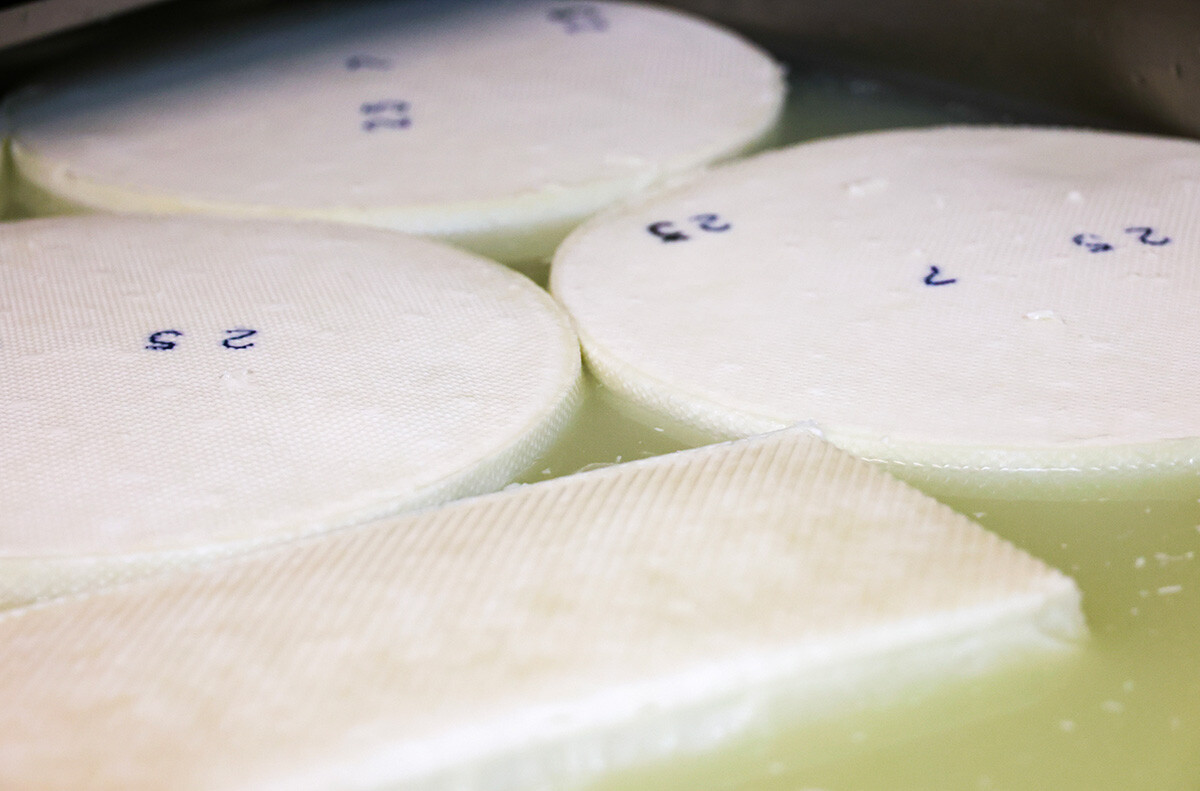
Dear readers,
Our website and social media accounts are under threat of being restricted or banned, due to the current circumstances. So, to keep up with our latest content, simply do the following:
If using any of Russia Beyond's content, partly or in full, always provide an active hyperlink to the original material.
Subscribe
to our newsletter!
Get the week's best stories straight to your inbox